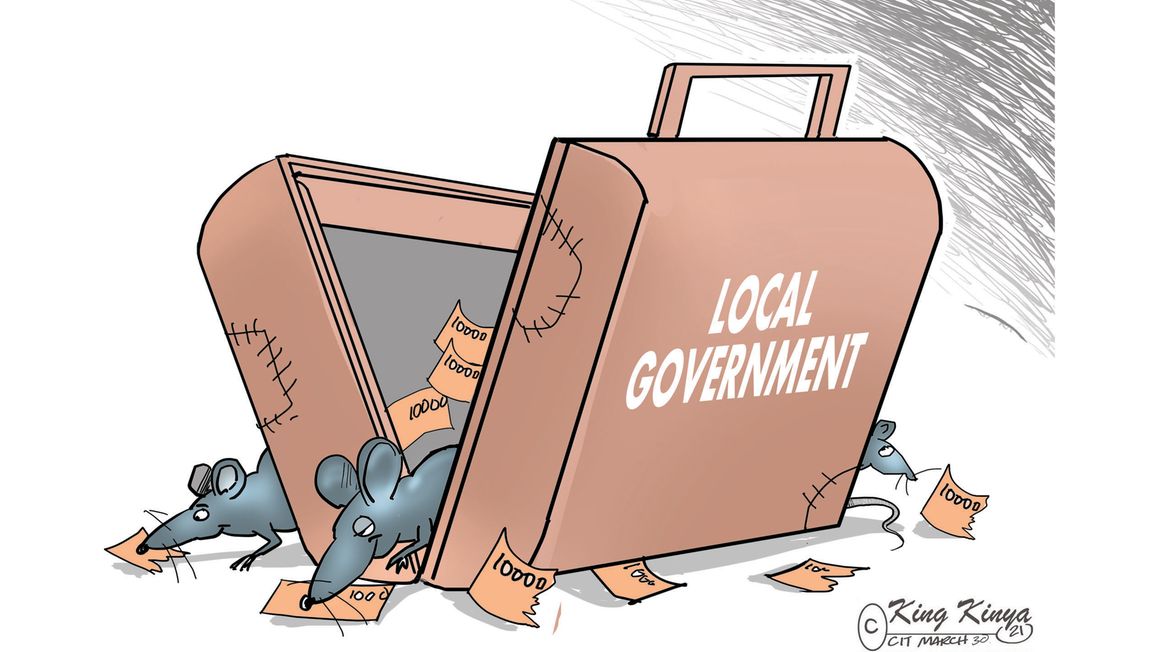 Reports that tuberculosis (TB) infections have steadily been on the
rise in the country in the last five years or so should be cause for
grave concern. Briefly put, tuberculosis is a potentially serious
infectious disease that mainly affects the lungs, spread by bacteria,
Mycobacterium tuberculosis, which are spread from one person to another
through tiny droplets released into the air, mostly via coughs, sneezes
and speeches.
Reports that tuberculosis (TB) infections have steadily been on the
rise in the country in the last five years or so should be cause for
grave concern. Briefly put, tuberculosis is a potentially serious
infectious disease that mainly affects the lungs, spread by bacteria,
Mycobacterium tuberculosis, which are spread from one person to another
through tiny droplets released into the air, mostly via coughs, sneezes
and speeches.The classic symptoms of active TB – formerly called “consumption” due to the accompanying loss of body weight – are a chronic cough with blood-containing mucus, fever, night sweats, and weight loss.
If left without being effectively treated, active TB kills about a half of its victims. But, for quite some time, the malady seems to have lost its potency – thanks to various efforts at vaccination, education and other preventive/avoidance measures.
Then other maladies – like the HIV/Aids, Ebola, Zika and, more recently, the viral Covid-19 pandemic – seemed to take centre-stage and, for all practical purposes, consigning the likes of TB, leprosy, etc, to the back-burner.
But then, active TB seems to be gaining ground again. As our sister paper Mwananchi reported on Sunday, March 28, 2021, citing the Health ministry, new TB infections in Tanzania have risen from 62,000 in 2015 to 75,845 in 2018 – and 82,000 in 2019, with no end in sight!
Apparently, this is partly for lack of appropriate or enough sensitisation of people on the malady nowadays, and partly due to sheer negligence by sufferers in fully complying with doctors’ prescriptions and directives on treatment measures.
This is despite the government spending about Sh15.6 billion annually on free TB treatment – and March 24 of each year being World TB Day on which to educate the public about the impact of TB around the world.
Tanzanians must awaken to this malady, too, by avoiding it, resorting to vaccination, and fully complying with preventive or treatment measures.
CURB Invasive species NOW
There are various invasive plant species in Tanzania, which experts say pose a threat to biodiversity, ecosystems and human wellbeing in general. In addition to financial assistance, there is a need to engage communities to help tackle the scourge of invasive plant species, especially on riverbanks and farmlands.
To be successful, there is a need to know where the problem is widespread and its extent before it can be dealt with it effectively and decisively. This is where farmers, community groups, private companies, forestry stakeholders, fisheries experts and local government authorities come into the picture.
An inter-ministerial task force comprising environmental experts, mainly ecologists and conservationists, was in 2018 expected to roll out a two-month campaign to combat invasive species across the country. There were, however, concerns about budgetary constraints, since about Sh200 million was needed for the campaign.
We hope that the government has in the last three years been able to set aside adequate funds for fighting invasive plant species because, if left unchecked, the consequences could be far more costlier than a couple of a hundred million shillings.




No comments :
Post a Comment